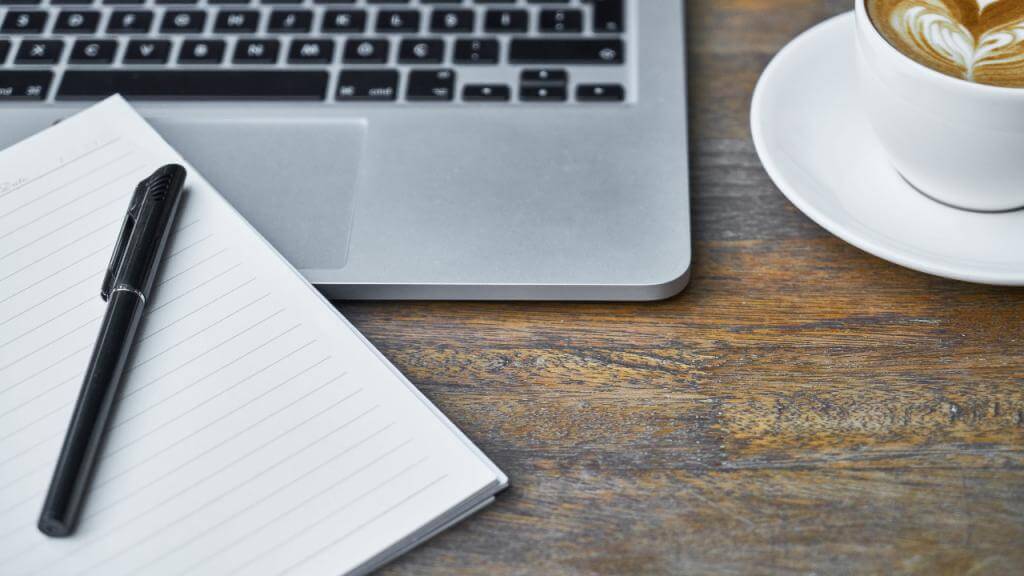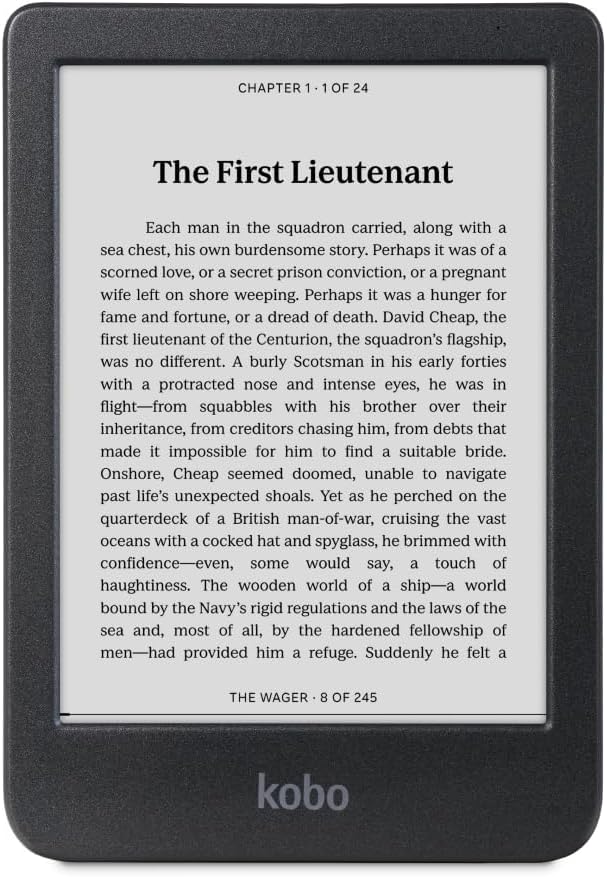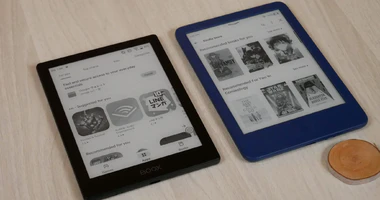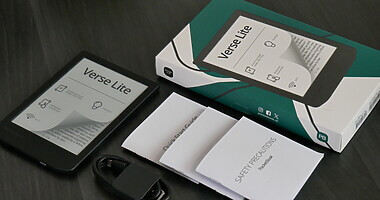Digital note-taking is one of the most efficient ways for students and learners to emphasize and organize all the information in their lectures/classes. It uses technology to recall the relevant key ideas of the topic and prevents the hustle of disorganized content. While digital note-taking has its own benefits, the device that you use for digital note-taking has a direct influence on how you retain the information. It seems like traditional note-taking, along with a little technology, is much better than simply using a laptop for note-taking. Here’s more:
Digital Note-taking on Laptop
When we talk about digital note-taking, the first thing that crosses our minds is laptops. Most students carry laptops to the classroom for enhanced classroom learning. They use it for writing assignments, consulting references, and making high-quality notes simultaneously during lectures. While it may seem like the laptops are perfect for note-taking, in reality, it’s just a tedious way of transcribing your lectures.
This means you are simply converting your professor’s spoken language lectures into texts. You aren’t comprehending or paraphrasing it in your own words for better information retention. Yes, you are creating your notes, but in order to handle the conceptual questions, you may have to re-read them again. There’s no simultaneous information absorption happening.
Plus, laptops are associated with many distractions. According to research at Michigan State University, laptops are best if left off at the dorm because using them in the classroom eventually results in social media usage. It steals the valuable time of students and affects their overall grades. This means while digital note-taking is good, laptops are not the best devices for the same.
The Mid Path
Handwritten notes certainly have more edge when it comes to note-taking. Not only does it ensure better information encoding but also seamless information retention and cognitive processing. However, handwritten notes, with the efficiency of technology, make the best device for note-taking. By this, we mean devices like tablets with a stylus that offer the best of both worlds.
Tablets have bright, high-quality, and clear touch screens that keep all the things organized. In fact, when it’s used along with note-taking applications like OneNote, BundleNote, or Evernote, one can expect even better outcomes.
What Makes Tablets the Best Device for Note-taking?
Students use tablets for note-taking due to the following benefits:
Portability: First things first, tablets are portable and lighter in nature than traditional laptops. This means you can easily carry and use them without worrying much. In fact, its concise size and larger screens make it even more convenient for use. It’s just like carrying a portable digital book to your classrooms.
Works as an E-reader with Stylus: For its crystal clear displays and longer battery life, tablets make perfect e-readers for screen-based reading amidst the rise of e-books. You can easily read through PDFs and write/mark relevant sentences with a stylus for a hassle-free note-taking experience.
Quick Wake Time: Unlike a laptop, a tablet takes just 2 to 10 seconds to wake from sleep mode. This is a great feature for immediate note-taking during live lectures.
What do you prefer when taking notes as a student? Laptop, tablet, or traditional handwritten notes? Let us know in the comments.
Navkiran Dhaliwal is a seasoned content writer with 10+ years of experience. When she's not writing, she can be found cooking up a storm or spending time with her dog, Rain.






